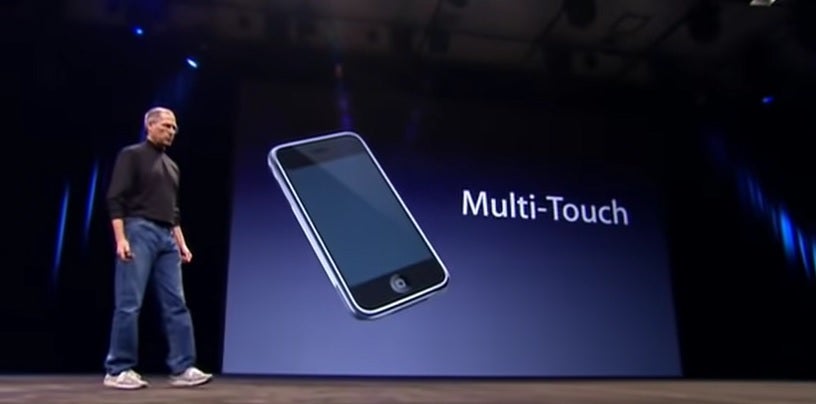Apple executive involved in multi-touch, Touch ID, Face ID, and Vision Pro is leaving

The name Steve Hotelling might mean nothing to you but you probably are familiar with many of the inventions he worked on at Apple. Bloomberg reports that Hotelling is leaving Apple after a long and illustrious career. He was involved in the creation of several important features that are used on many of Apple's most important products today. Multi-touch was one, for example.
You might remember Steve Jobs introducing the iPhone on January 9th, 2007 when he said, "And we have invented a new technology called multi-touch which is phenomenal. It works like magic. You don't need a stylus. It's far more accurate than any touch display that's ever been shipped. It ignores unintended touches, it's super smart. You can do multi-finger gestures on it and boy, have we patented it."
Of course, multi-touch technology is the reason we can pinch and zoom on our smartphones. It became a key feature for the iPhone in the early days before eventually making its way to Android devices. Apple sued HTC in 2010 over 20 patents that Apple alleged HTC had infringed on with its smartphones. One of those patents was for multi-touch. Apple and HTC settled two years later with HTC agreeing to license the patents.

Steve Hotelling worked on multi-touch, being unveiled here by Steve Jobs in 2007
If Hotelling had worked on multi-touch and nothing else, he could have left Apple knowing that he helped create an important technology used on all smartphones today. But he also helped create Touch ID which was the first dependable fingerprint scanner on a phone. Motorola's Atrix 4G was the first smartphone in the touchscreen era to include a fingerprint scanner; the phone was released in 2011 and it set back smartphone-based fingerprint scanners by two years.
In 2012, Apple purchased biometric security firm AuthenTec for $356 million and Touch ID debuted the next year on the iPhone 5s. Hotelling also worked on secure 3D facial recognition system Face ID which debuted on the iPhone X in 2017. He also had a hand in the 120Hz ProMotion display, and was in charge of the camera engineering team which worked to develop custom image sensors. He also had a role to play in the development of Apple's Vision Pro spatial computer which will be released early next year.
A longtime colleague told Bloomberg that "No one was more brilliant than Steve." He worked his way up to vice president at Apple where he reported to Johny Srouji, the company's senior vice president of hardware technologies, and he leaves Apple as the executive responsible for touchscreen technologies, health sensors, and Face ID. Several veteran Apple executives on Srouji's team will take up where Hotelling left off.










Things that are NOT allowed: